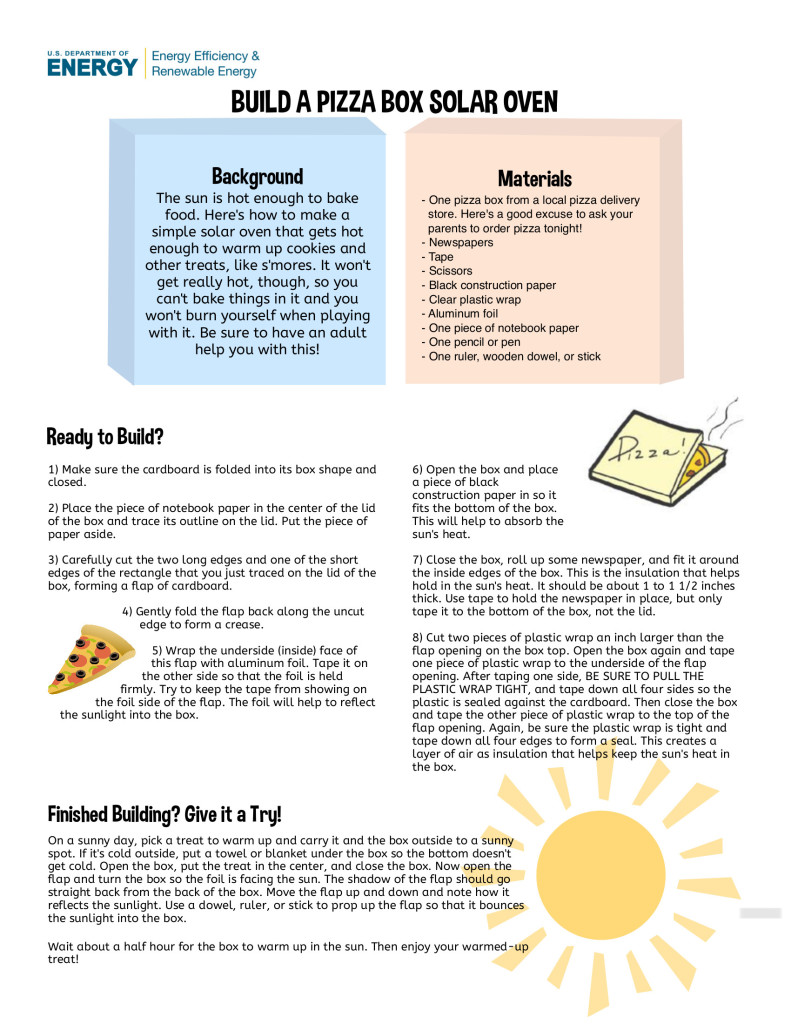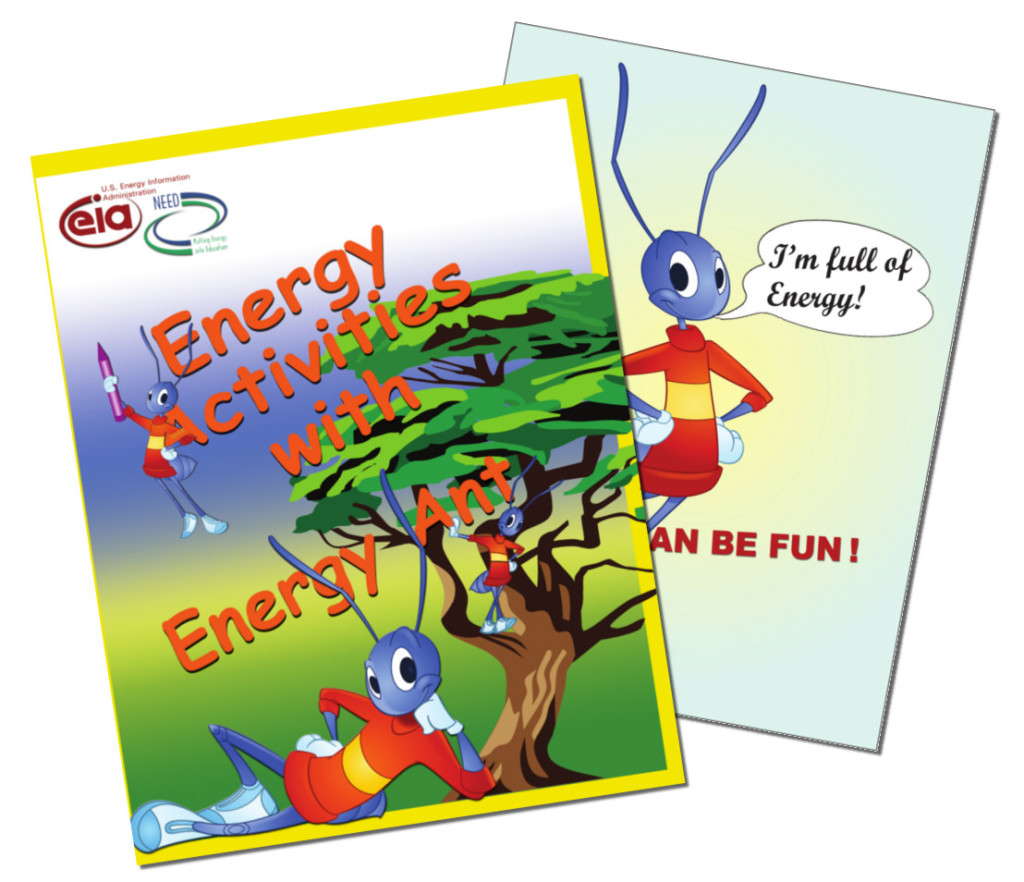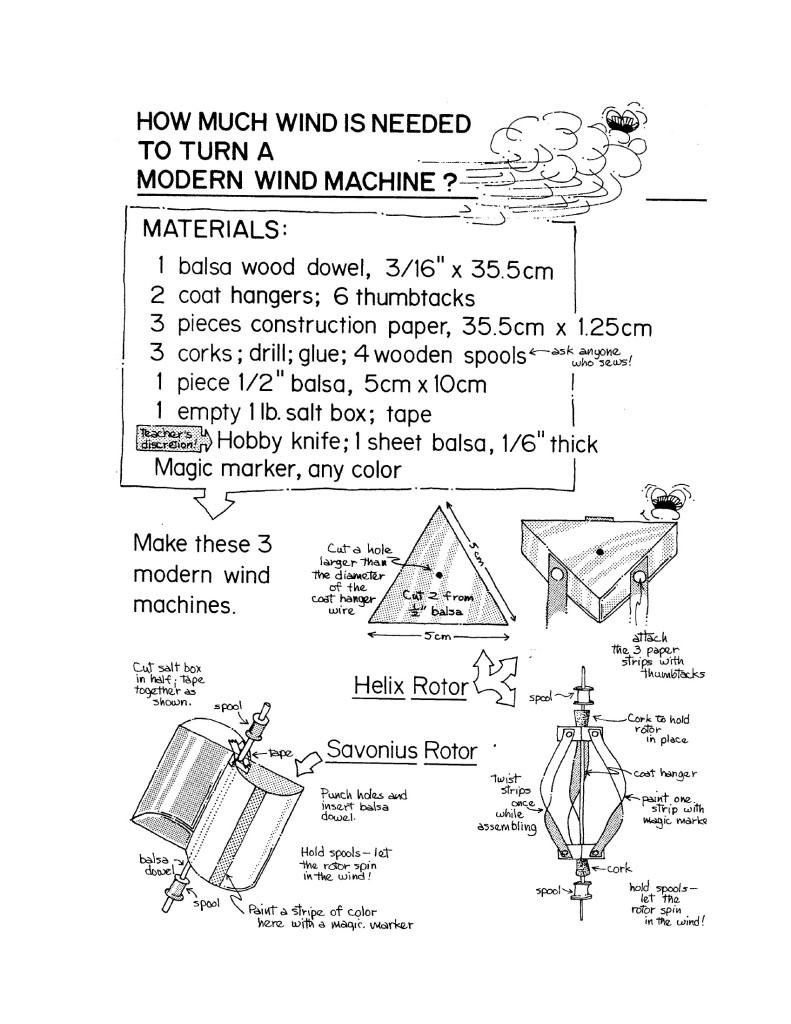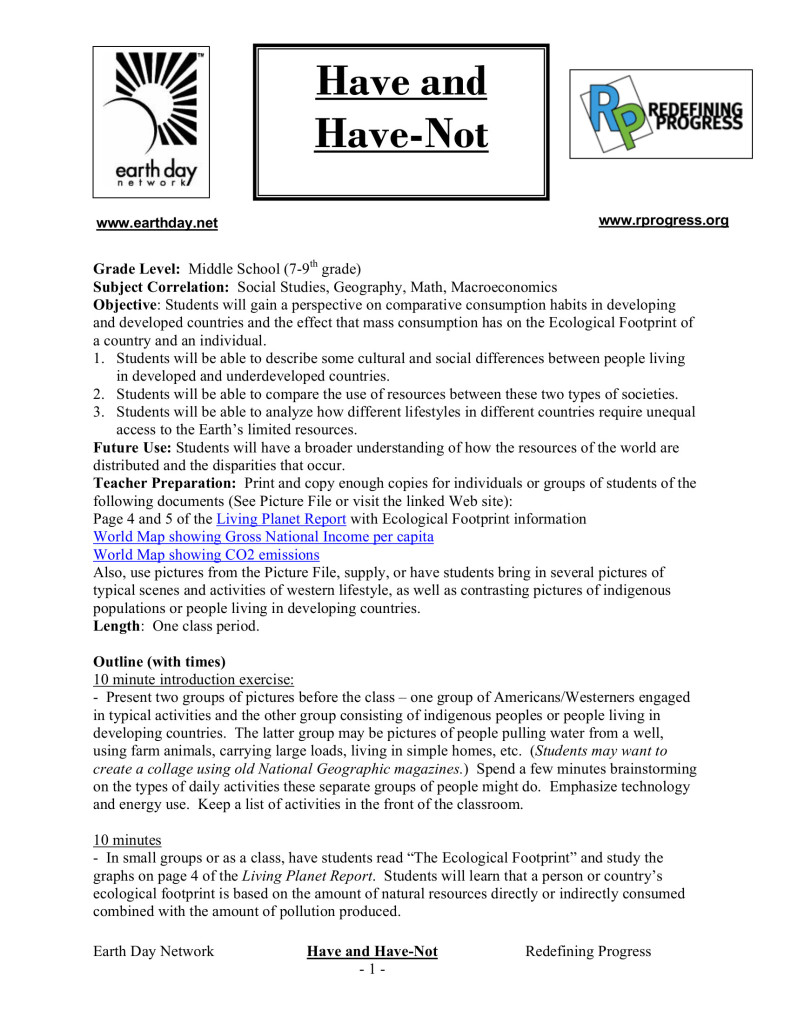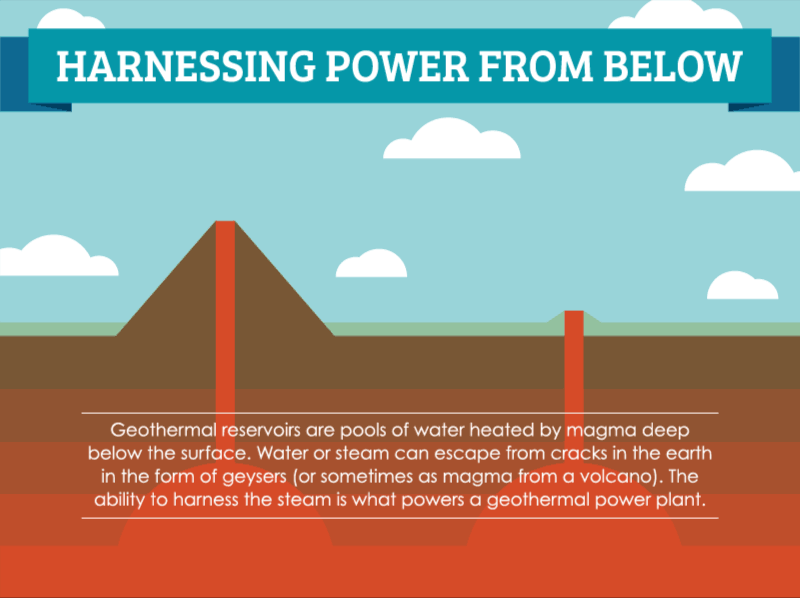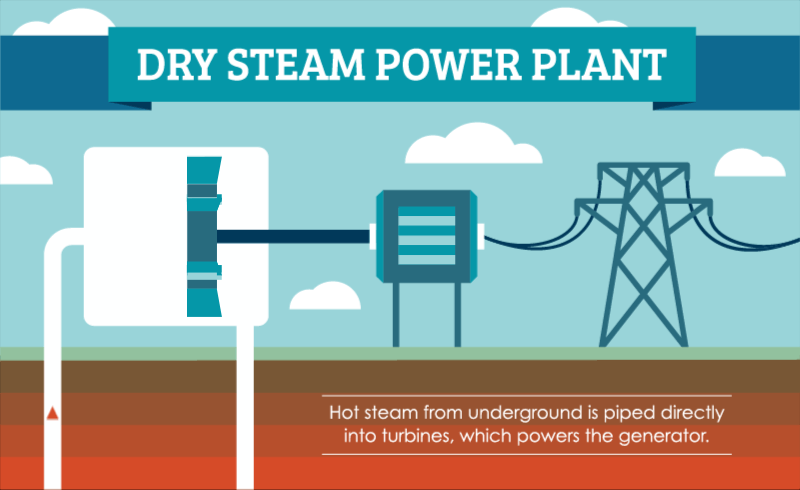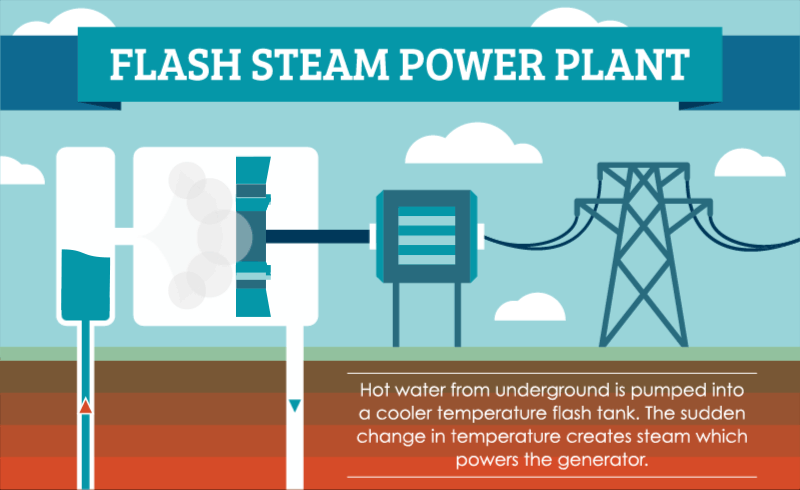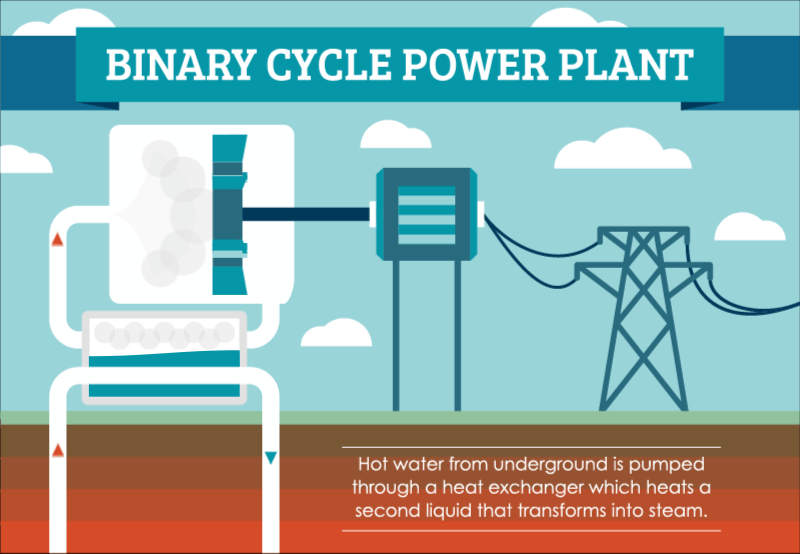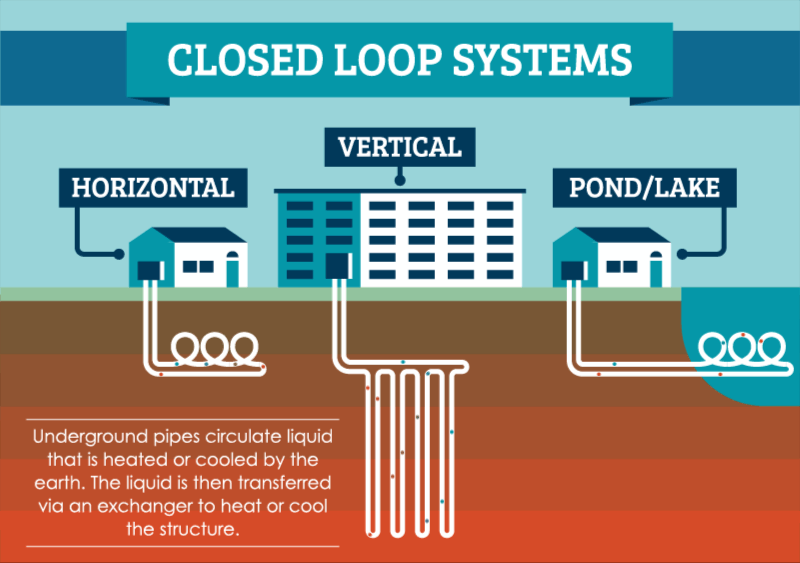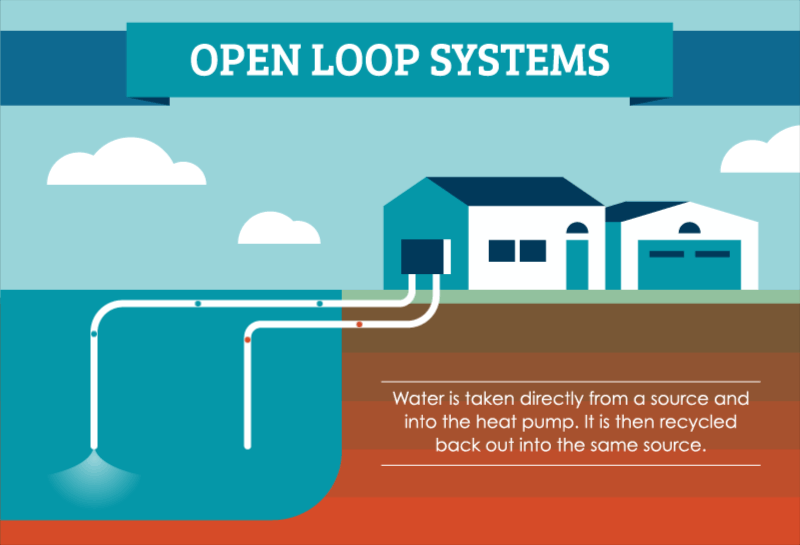 Wind power… solar power… hydropower… power from biomass… There’s so much to say about these renewable energy sources and their growing importance in our lives. Time spent teaching young minds about green science is invaluable—we are helping them to understand and participate in their own futures as inhabitants of our planet!
Wind power… solar power… hydropower… power from biomass… There’s so much to say about these renewable energy sources and their growing importance in our lives. Time spent teaching young minds about green science is invaluable—we are helping them to understand and participate in their own futures as inhabitants of our planet!
Even the smallest scientists will understand that the sun and wind can be made to “do work” and produce energy. This topic is so much fun to explore, we hope you’ll share your own favorite discussion starters with us in the comments below!
The history of energy sources
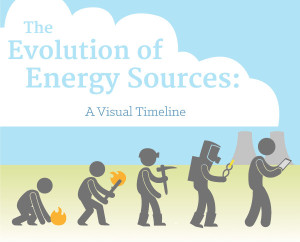 The US Energy Information Administration (EIA) has a wonderful web page that reviews the history of energy—a timeline of all the materials that have been used by humans to create heat or power machines.
The US Energy Information Administration (EIA) has a wonderful web page that reviews the history of energy—a timeline of all the materials that have been used by humans to create heat or power machines.
Of course, fire was civilization’s first great energy invention, and wood was our ancestors’ main fuel for a long time. But that’s just the beginning! This Energy Timeline page includes the first use of oil by the Mesopotamians in 3,000 BC and goes up to 2008.
Why not have your students carry the timeline forward since then? Start here for EIA website details on coal, electricity, ethanol, hydropower, photovoltaic and other energy sources.
Or double click the image above (or this link) for a colorful infographic that starts at 460,000 BC and proceeds all the way up to 2013.
Solar pizza, anyone?
This straightforward lesson on how to build a solar oven from a pizza box can be adapted for all grade levels (K-12). Created by the Office of Energy Efficiency and Renewable Energy (EERE).
Click on the image below to open a larger, printable version in a new window.
How does a wind turbine work?
This excellent interactive infographic is a great place to start a discussion.
Double click on the image below to open a larger version in a new window.
Energy Ant activity book for elementary school!
Students in grades 3-6 will enjoy the stories, activities and puzzles in this colorful activity book featuring Energy Ant, created by the US Department of Energy.
Click on the image below to open a larger, printable version in a new window.
Middle school renewable energy activities galore!
If you’re a middle school science teacher, this 69-page Teacher’s Guide from the National Renewable Energy Lab is a perfect one-stop teaching unit, complete with activities like building a windmill, measuring the energy produced by biomass and much, much more.
Click on the image below to open a larger, printable version in a new window.
Comparing Our Consumption to Others
The Redefining Progress website contains some of the most interesting green science lessons and student activities we’ve seen. If you’re curious about how to approach topics like sustainable dining or ecological footprints with your students, this site is worth a look.
Their Have and Have-Not lesson incorporates environmental education in middle school (7–9th grade) social studies, geography, math, and economics classes by helping students gain a perspective on different consumption habits in developing and developed countries, and the effect that mass consumption has on the ecological footprint of a country and an individual.
Click here or on the image below for the lesson.
Geothermal Energy
These wonderful animations are designed to simplify your students’ understanding of how geothermal energy, power plants and pumps work. Click on any of the animations for more information or go to www.saveonenergy.com/how-geothermal-energy-works/.
For an even more comprehensive selection of resources on all types of energy sources (nuclear, solar, electric, wind), check out this page from Save On Energy.
There are three main types of geothermal energy plants that generate power in slightly different ways.
There are four types of geothermal pumps: three closed-loop systems and open-loop systems. Each depends on the type of soil, climate conditions and land available.
Teacher Keri Evans shared this useful resource with us: Home Energy in the United States Explained

